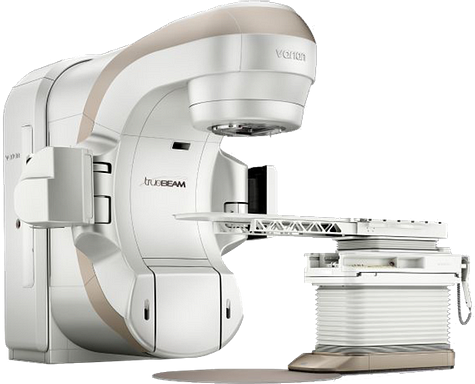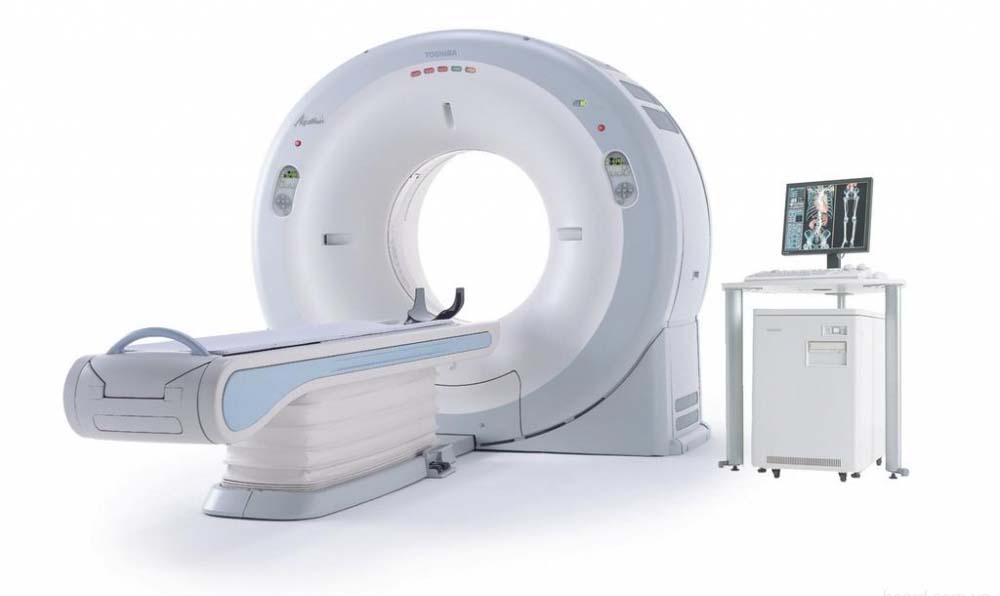Radiation oncology involves the use of therapeutic radiation to treat cancer. With this treatment, cancer cells are destroyed using specific doses of high-energy waves or streams of particles. Radiation oncology professionals carefully measure and monitor radiation to target only cancer cells, working to avoid or minimize damage to healthy tissues. Radiation is used to treat many types of cancer. According to the American Society for Radiation Oncology (ASTRO), patients with breast cancer, prostate cancer, and lung cancer make up 56 percent of all patients receiving radiation therapy.
WL Nugent Cancer Center offers a range of radiation treatments, including:
- Intensity-modulated radiation therapy
- Image-guided radiation therapy
- Volumetric modulated arc therapy
- Stereotactic radiosurgery and stereotactic body radiotherapy
Clinical Expertise
 Radiation oncologists are doctors who use radiation therapy to treat cancer. At WL Nugent Cancer Center, your radiation oncologist will work closely with medical oncology and other medical specialists, nurses, and technologists to create the best treatment plan for you. Our radiation therapists are licensed in Arizona and nationally registered.
Radiation oncologists are doctors who use radiation therapy to treat cancer. At WL Nugent Cancer Center, your radiation oncologist will work closely with medical oncology and other medical specialists, nurses, and technologists to create the best treatment plan for you. Our radiation therapists are licensed in Arizona and nationally registered.
TrueBeam
 The WL Nugent Cancer Center uses a state-of-the-art machine called "TrueBeam" to deliver quick and accurate radiation treatments.
The WL Nugent Cancer Center uses a state-of-the-art machine called "TrueBeam" to deliver quick and accurate radiation treatments.
The TrueBeam is an external- beam linear accelerator compatible with all current forms of radiation treatment.
The True Beam features a wide range of treatment options and advanced capabilities. With this machine, radiation therapists can closely control the dosage, targeting radiation with sub-millimeter precision. The True Beam features an Optical Surface Monitoring System (OSMS), which tracks the patient's positioning before and during treatment. This system can deliver treatment as a patient moves with their breath, pausing if the patient moves a non-targeted area of the body into the treatment field.
CT Simulator
 The WL Nugent Cancer Center has a 4-D CT simulator on site for convenient access. CT simulation transmits X-rays through the tissue to create an image of the tumor and surrounding area. This enables the radiation oncology team to create an accurate plan for radiation treatment. With respiratory gating capability, this machine can track movement of the tumor as a patient breathes. That movement is accounted for in the treatment plan, ensuring that any radiation is targeted as precisely as possible to the only the affected tissue.
The WL Nugent Cancer Center has a 4-D CT simulator on site for convenient access. CT simulation transmits X-rays through the tissue to create an image of the tumor and surrounding area. This enables the radiation oncology team to create an accurate plan for radiation treatment. With respiratory gating capability, this machine can track movement of the tumor as a patient breathes. That movement is accounted for in the treatment plan, ensuring that any radiation is targeted as precisely as possible to the only the affected tissue.





